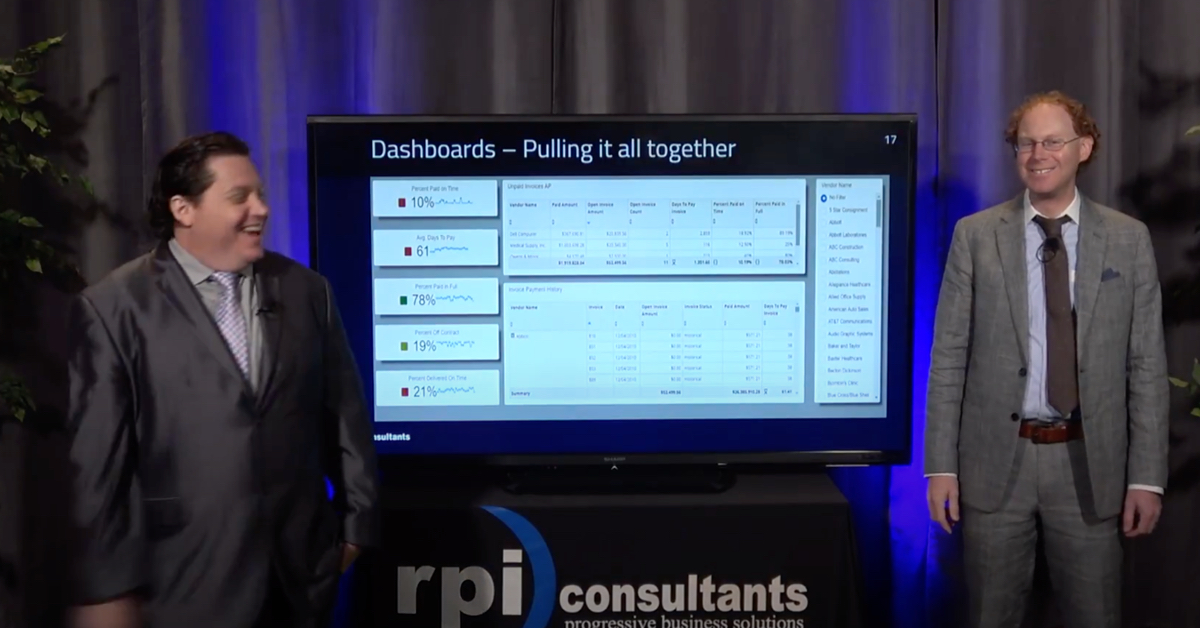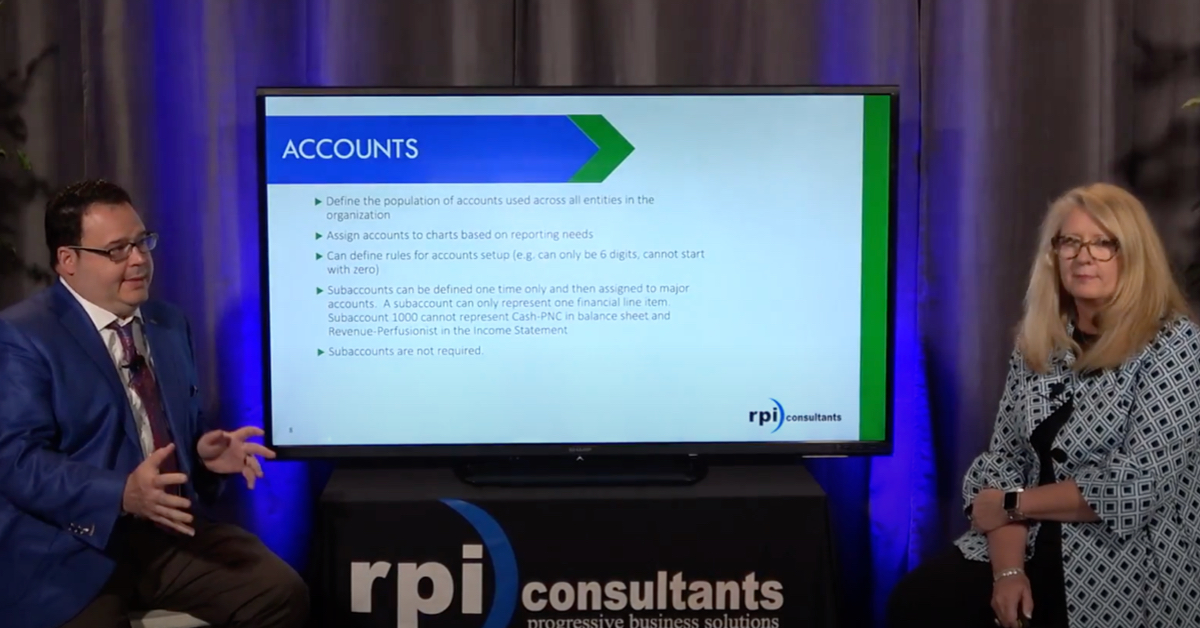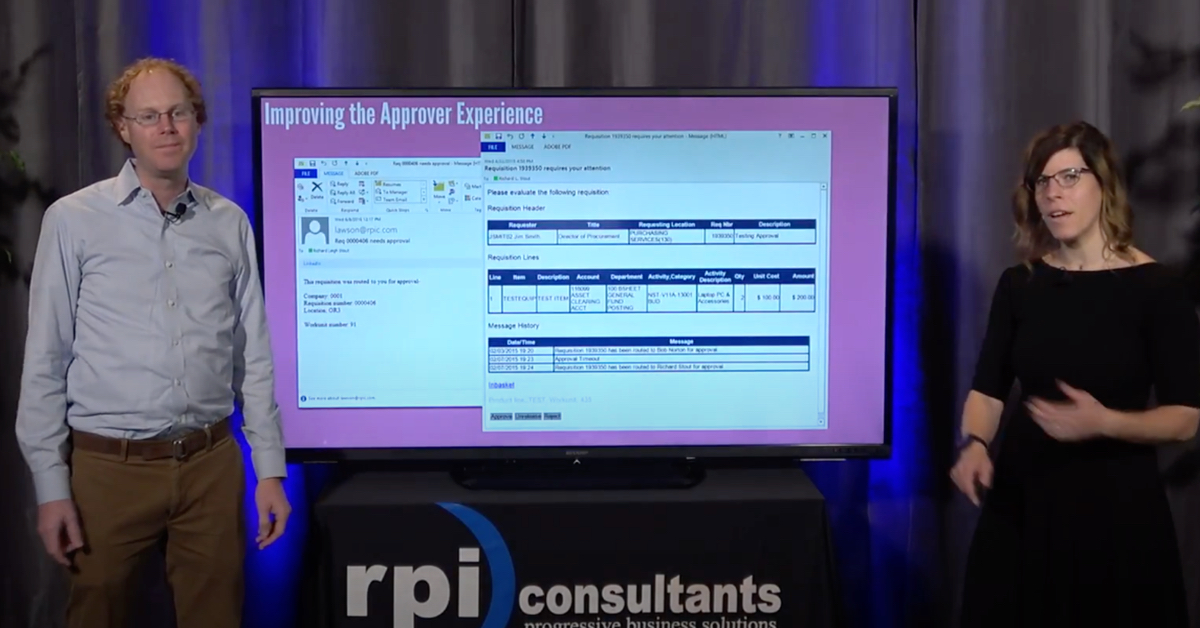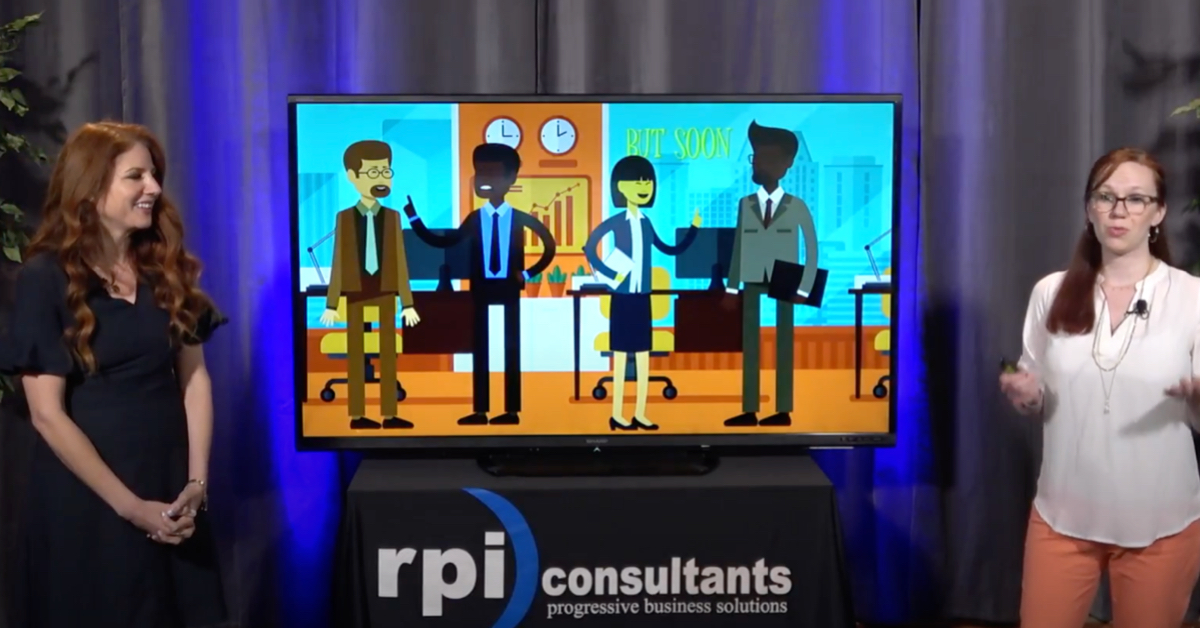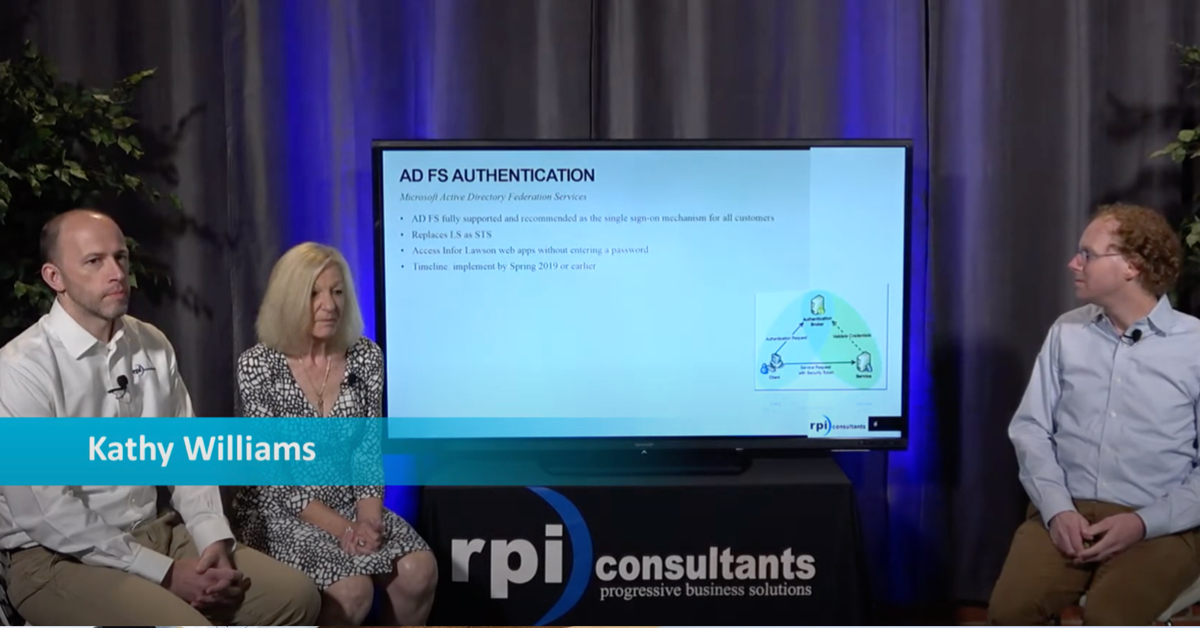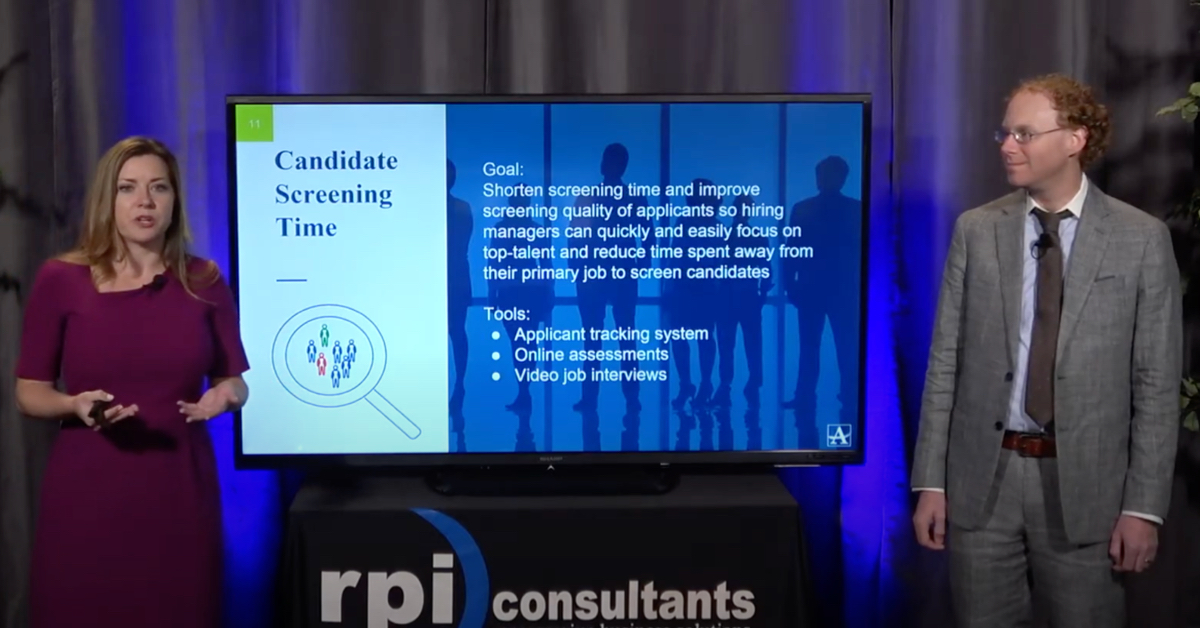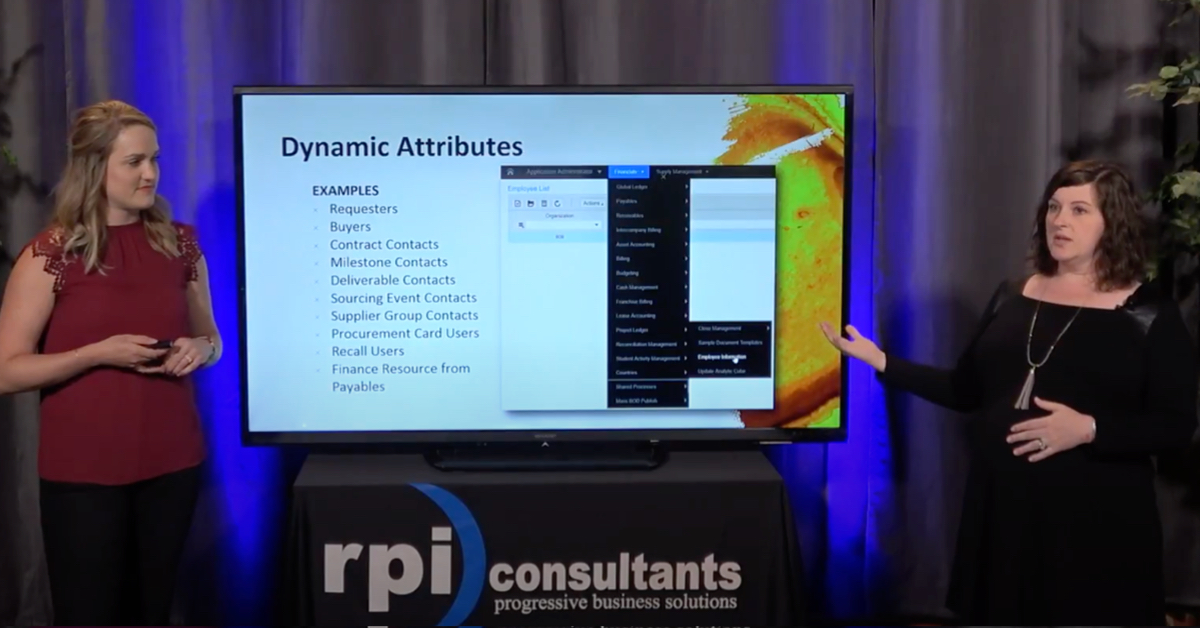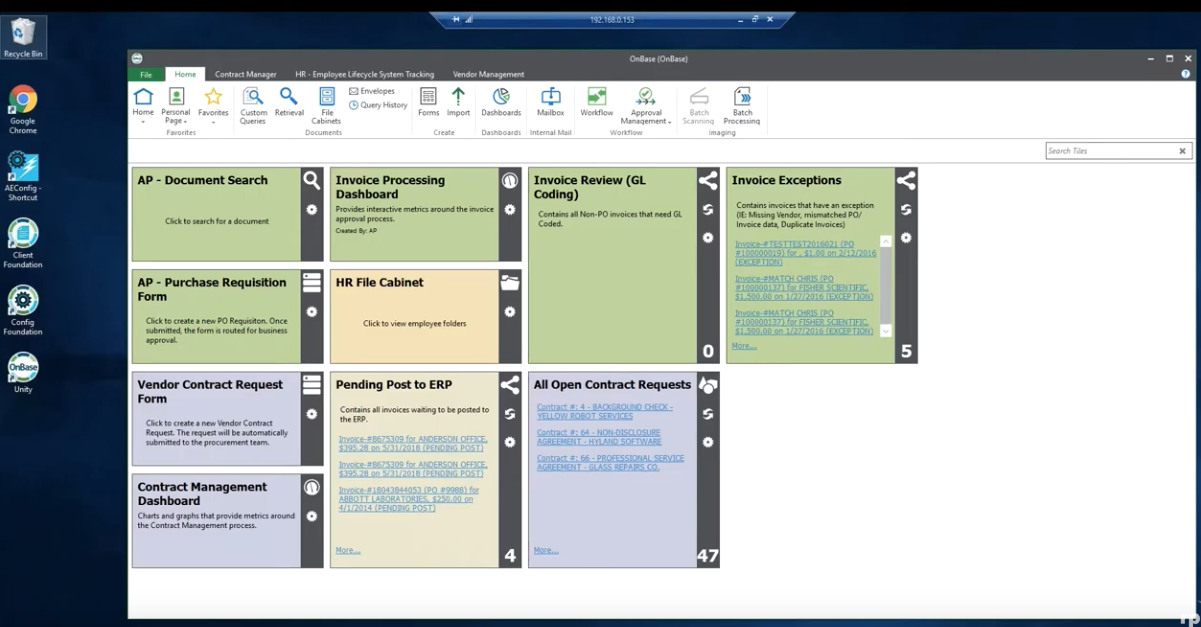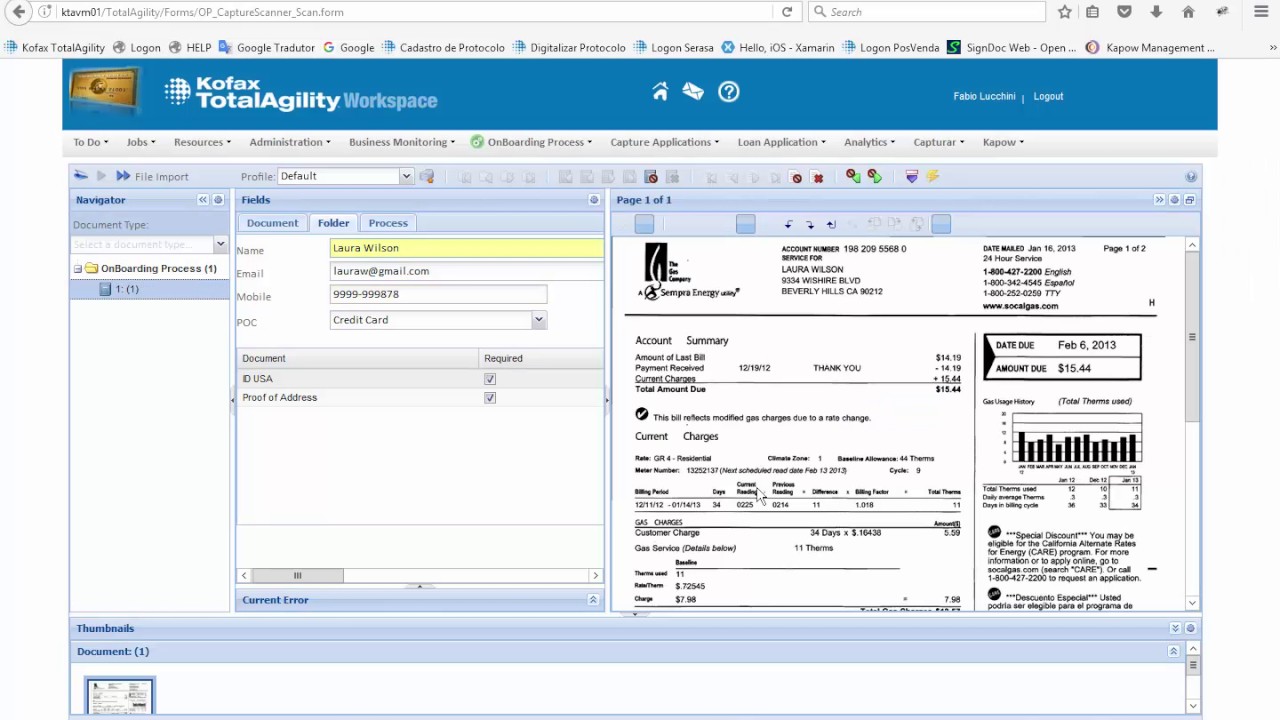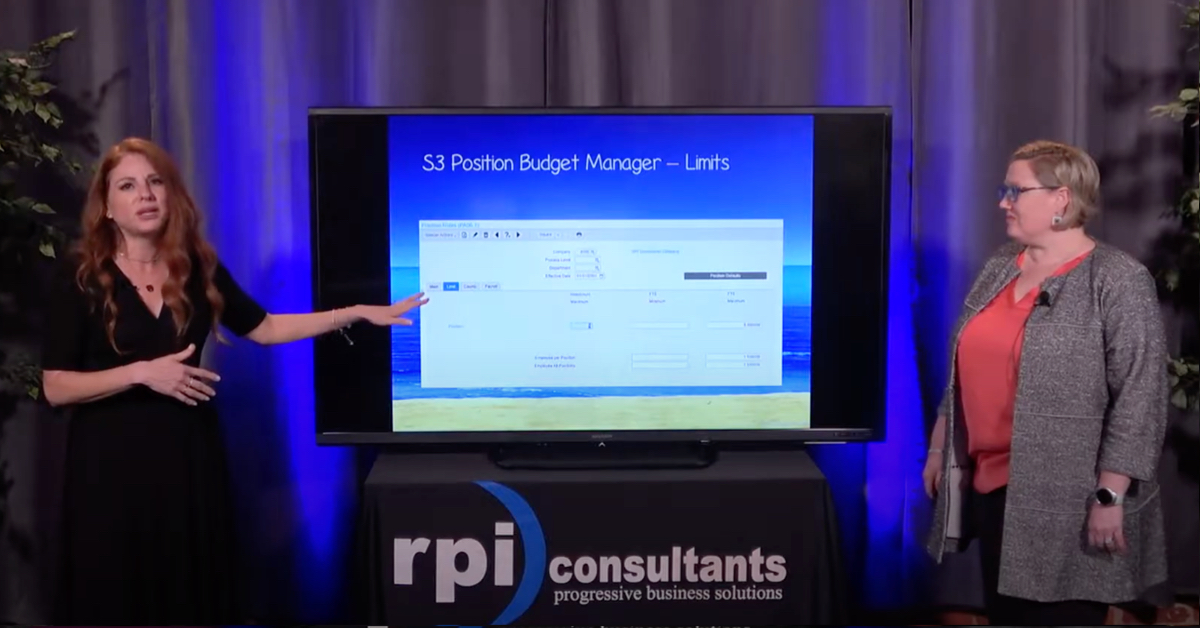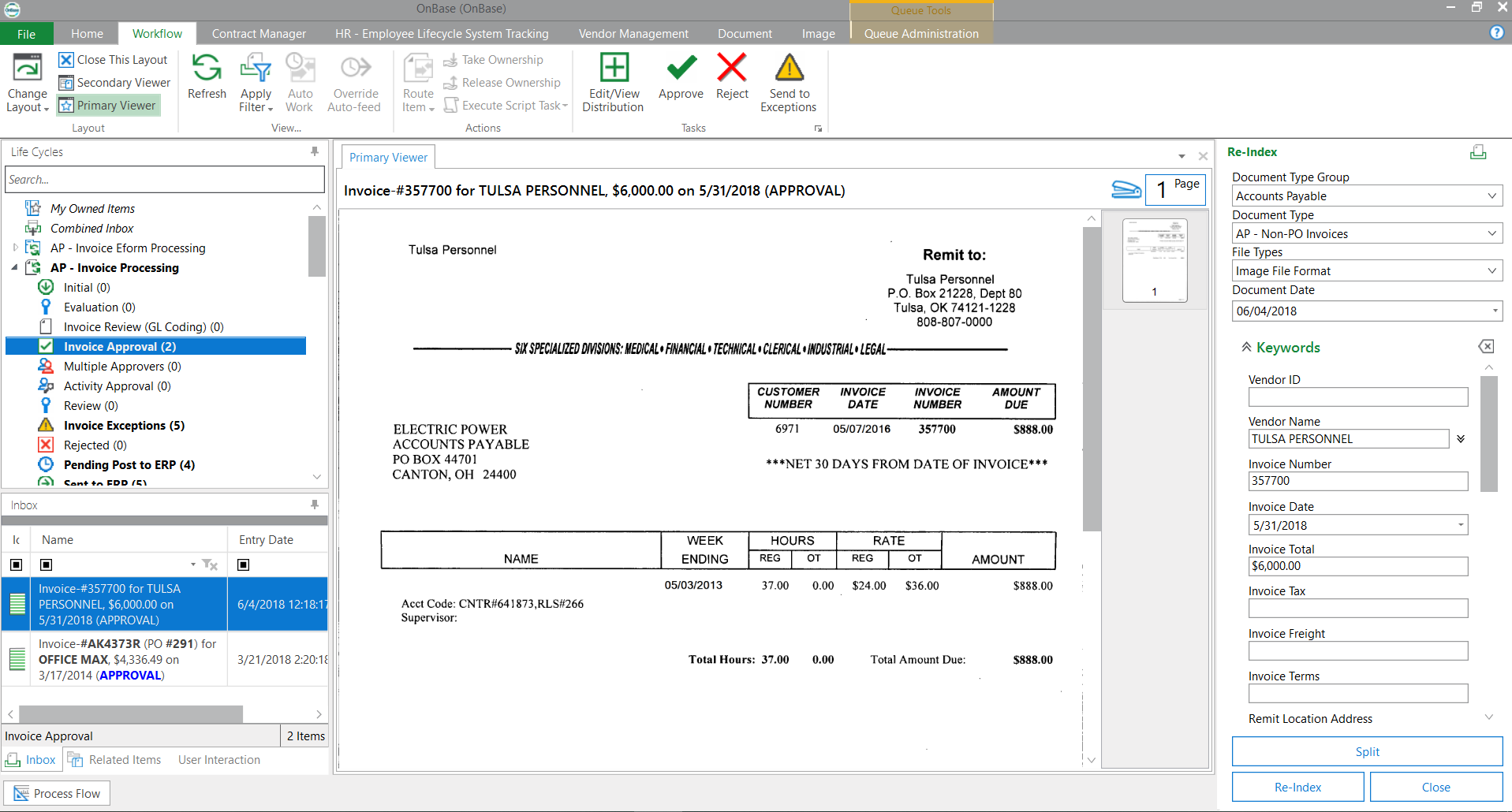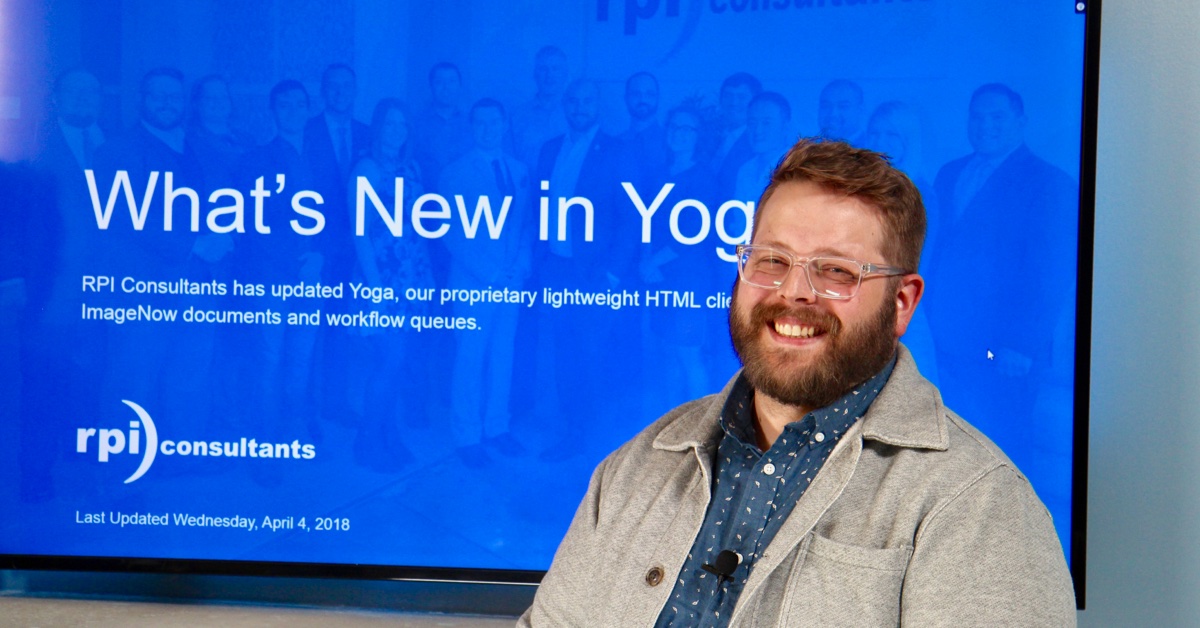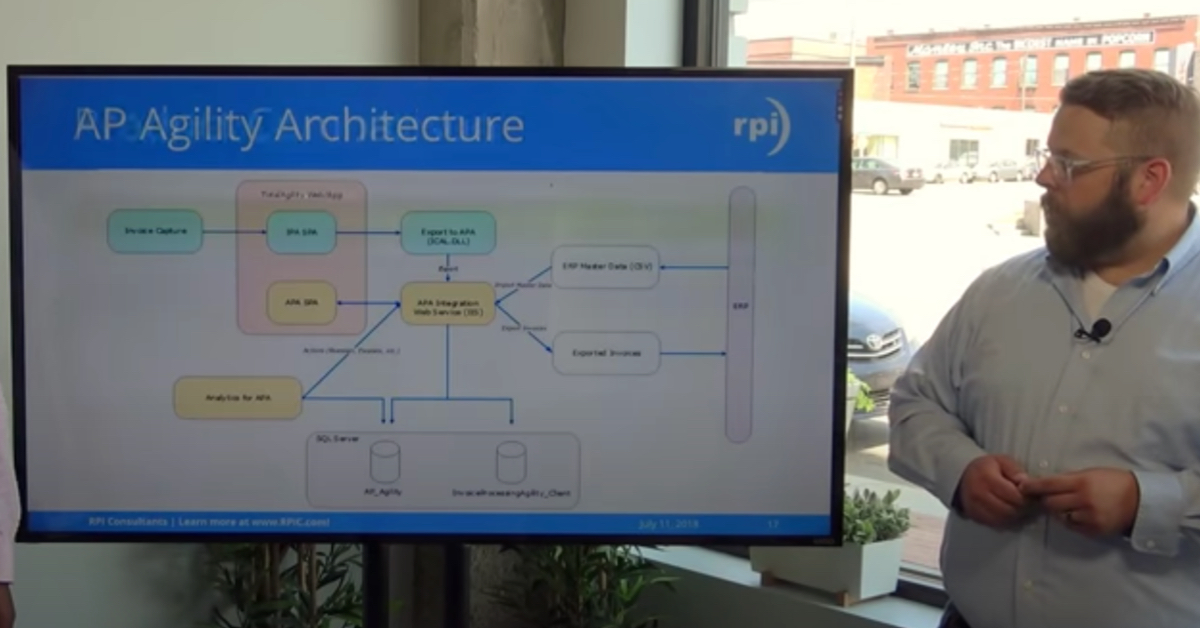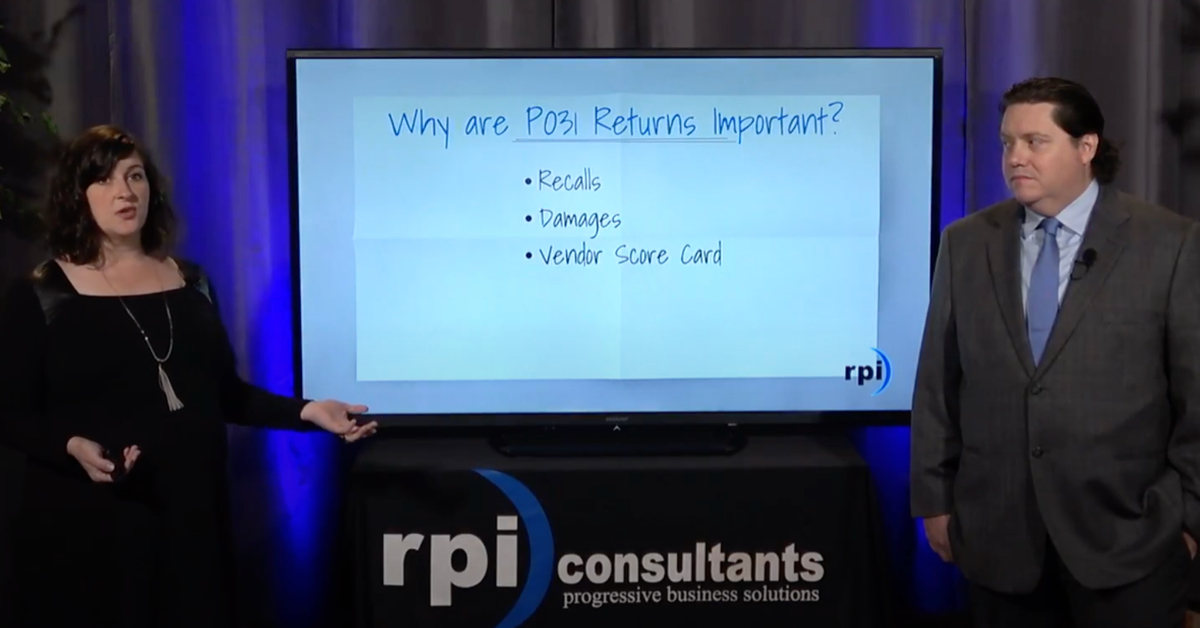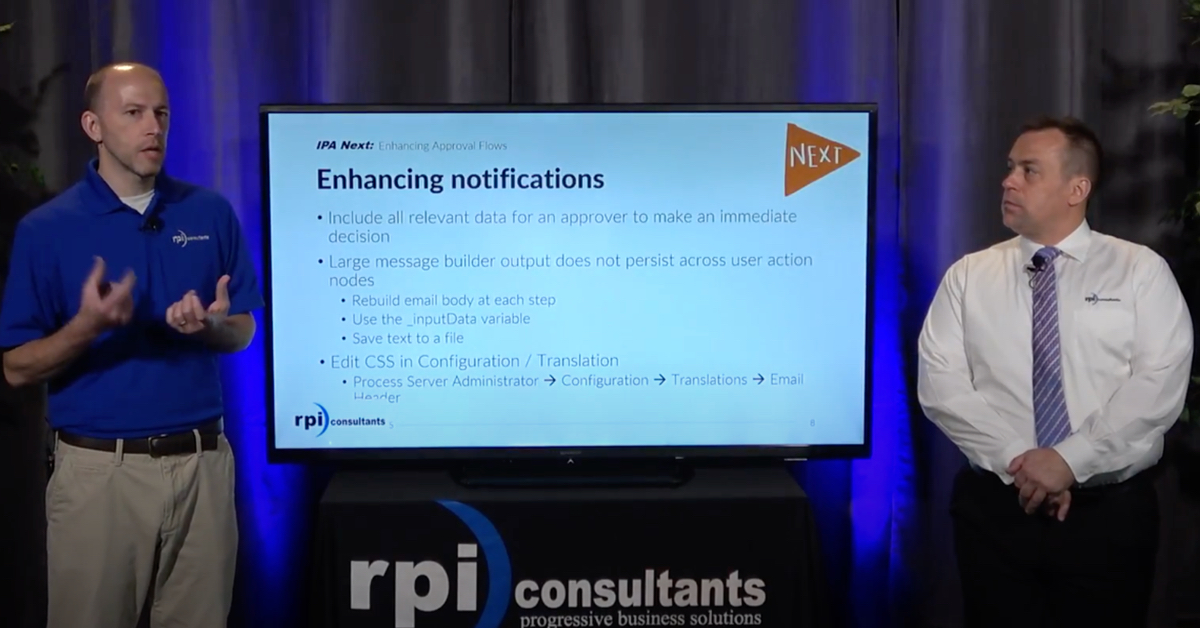I’m gonna give an overview of TotalAgility today. TotalAgility is made up of two parts. Again, it’s 100% web-based. There is the aspect of the designer, and the designer is where all the development and solution building will be. And then, there’s the workspace. And the workspace, again, is gonna be web-based, and it’s where your user experience and end users would take advantage of the system.
So, I’m just gonna go ahead. And you can login via a regular login form, there’s Windows active directory sync, there’s [inaudible 00:00:39], there’s tons of aspects and ways that you could authentic. So, I’m gonna login. I’m using Windows Authentication. And when you first login, then what you’re met with is the dashboard, and the dashboard is gonna be made up of your process designer, your form designer, resources, data, monitoring, integration, system settings, packages, insights, which is like analytics, and so and so forth.
And each solution is made up of a combination of configuration of each of these pieces. And for each piece then, we’re gonna start with the process designer. And the process designer, when you first login, you’ll have two aspects of creating a process. There’s the case, and then there’s a business process. The main difference between a case and the business process is that one is more dynamic, so it’s something like any type of clean process, or maybe a doctor’s visit, something that you don’t know exactly what the outcome might be every single time, or there’s some other dynamic pieces, then you would build out a case.
Then there’s the process, and the process is just something more repeatable, something more predictable. So, the process does take into consideration that it is always occurring every single time, the same process over and over again.
So, pretty much we’ll start with the process. And with the process, this is the designer of a process. So you have like, you’ll name it. You have a type of business process. I could go in. It’s like click on this, then I could build out various nodes. I’ll just click on that node which will create an activity. That activity could be one of many various things. The capture activity is usually one of the first things from the process standpoint. There is the extraction, classification, image processing, export, transfer, validation, scan, and you configure those things based upon a bunch of different variables that would need to be configured.
And then once you go back into the common activities, you have tons of .net activity, create new jobs, web services, tons and tons of different options to go into. And then you would continue to build out the solution based upon the business rules that you need. And once you build out those things, then that would create your process. And each of those processes would have various forms, various activities, and other options that need to be considered.
I’m not gonna save this right now, I’m just gonna jump into the next aspect of the system, which would be your form designer. Your form designer is going to be where you would create your forms, your login forms, your sites. You could have different sites for different processes, or different business units, or what have you. And then, you’ll have various activities, create new jobs activities, login activities, document activities, scan activities, all of these things are based upon various activities. Then you could also work with your MFPs, or your multifunction devices where you can have also native support for several different models as well.
So, I’m just gonna kind of give you some overview of these forms. So, you have a general header form, and that’s gonna be like what you would login and see at the top. Then, you’ll have a login form, which that login form will look like whatever you create it to. This is just a sample of where you would type in a username and password. Then, you have a validation form. This is an in-voice validation form, and what you’ll see here is that when it loads, you have various fields, and each of those fields you could add tons and tons of actions to.
Again, 100% customizable. These actions, you could create new actions, and then you could choose from several different types of actions. You could evoke different .net DLLs, you could add roles for if you have any type of table or columns, you have Kapow integration. You have many, many different aspects to this system. Web service calls, REST service calls, different messages that could be popped up, web capture forms. All of these actions could be done within a form so that it makes the form that much more dynamic or usable, and create different actions that run on the background, on load, on button presses, things like that.
So, that’s a quick overview of the form to the system. The last part that I wanna talk about is gonna be integration. And the integration part is going to be where you have integration with different system, whether it’s database connection, web services, .net calls, share point, et cetera. Your import services, exchange, where you have email, you have web services, a watch folder, imports. Again, Kapow, insights. Tons and tons of different options for your integrations with third party systems. So you are not limited in really any way to build out their assigned docs, so if you need to do that, it’s there.
CCM, which is Kofax communication manager, you could do that to have any type of correspondence, automatic correspondence within the system.
So, let’s just jump into the database connection. You’ll see in the database connection string, we would as a database connection string. Add it, and continue. We’ll go into our web service example of a configuration. We could choose soap, soap.CF, a RESTful service. We would just choose in this case like a RESTful goal. Add a name for it. Put the URL. Determine whether or not we need credentials for that. And if we did, then you would just add the user name and just press okay. In this case, we’re gonna press cancel. But once you’ve done that and you’ve built it, then you’ll have that option to invoke or to call that web service as needed in any part of the system.
So, that’s a quick overview of the designer and the development platform in KTA. And let’s just jump over to the web experience for the user.
So, we’ll be met with the login form. In this case, we’re gonna have this Kofax demo login form where I’ll just sign in at myself. And once I’m signed in, then I’m gonna be met with what I consider or what is called a workspace. Now, that workspace, again, this is all customizable in the way that could be role-driven so that if you only wanted a user to login and see only a specific amount of activities, or only complete a certain amount of activities or a role like a scanner or a validator, then that’s all that would be met with it. So it makes segregation of duties very easy to be built into the system as well.
And you’ll see here that we have the work queue, and the work queue is gonna be made up of different queries or filters, and those would customize based upon what you need to see. These are also security-driven, so with the security, different roles would see different queries as necessary to make their job that much more efficient. We could customize those, we could add different parameters to it, and depending on the parameter, you know, you wanna see things based upon SLA or today’s date.
You’ll see also at the top that each of these menu items in navigation is customizable, so the to-do, jobs, resources, administration, that you’ll see each of these things can link to various things. If you have internet sites that you wanted to add to it, then you can do that. Or maybe internal web-based, other web-based platforms that you’re using to maybe do research, that you could do that within the system, and even create embedded forms or embedded sites.
So, let’s just jump into an activity for example. And like, this is gonna be a validation activity for an invoice. You’ll see that all these fields, and buttons, and different actions, we created in the form designer in the designer platform of KTA. So in this case, we have extraction, that it extracted line items based upon the PO. And each of these things, again, we could get into extraction rules and training, classification, those kind of things, and it just becomes that much more robust. But in this part, we’re just focusing on the user end of the system. And once that is there, they would validate and so forth.
So, let’s just jump now lastly into the scan form. The scan form is where you would ingest the initial documents. And again, ingestion could be from various activities. This is an example of scanning configuration where we would have a scanner, we would just use a file import because I don’t have a scanner attached to this machine. But we have document separation where we’ve got a fixed sheet separation. There’s bar codes. There’s many ways to separate as well. Script separation as well. We could do different profile settings to make sure that whether it’s color, black and white, automatic, image enhancements and so forth.
We’re just gonna do a file import, and here we’ll just bring in those images. It supports many various file types, so PDF, PNG, JPEG, TIFF files, what have you. It’ll bring in, it’ll separate base upon the rules, and then we’ll create a job.
Once you create that job, then it goes along in the process depending on what you built for your solution, and then it would go through maybe classification, extraction, and so forth. And then an activity would pop up based upon the security, the rules, the routing, things that you designed as part of your system.
You have many, many, many rules, validation options to make this experience that much more friendly for your users. There’s even the work queue, you’ll see here it’s also each column is customizable. You could add whatever that you need to see. Let’s say it’s an invoice number of what have you, you could add those two columns and get that data after extraction.
So, this is just on overview of the system, and I hope that that was beneficial and I look forward to seeing you next time.











